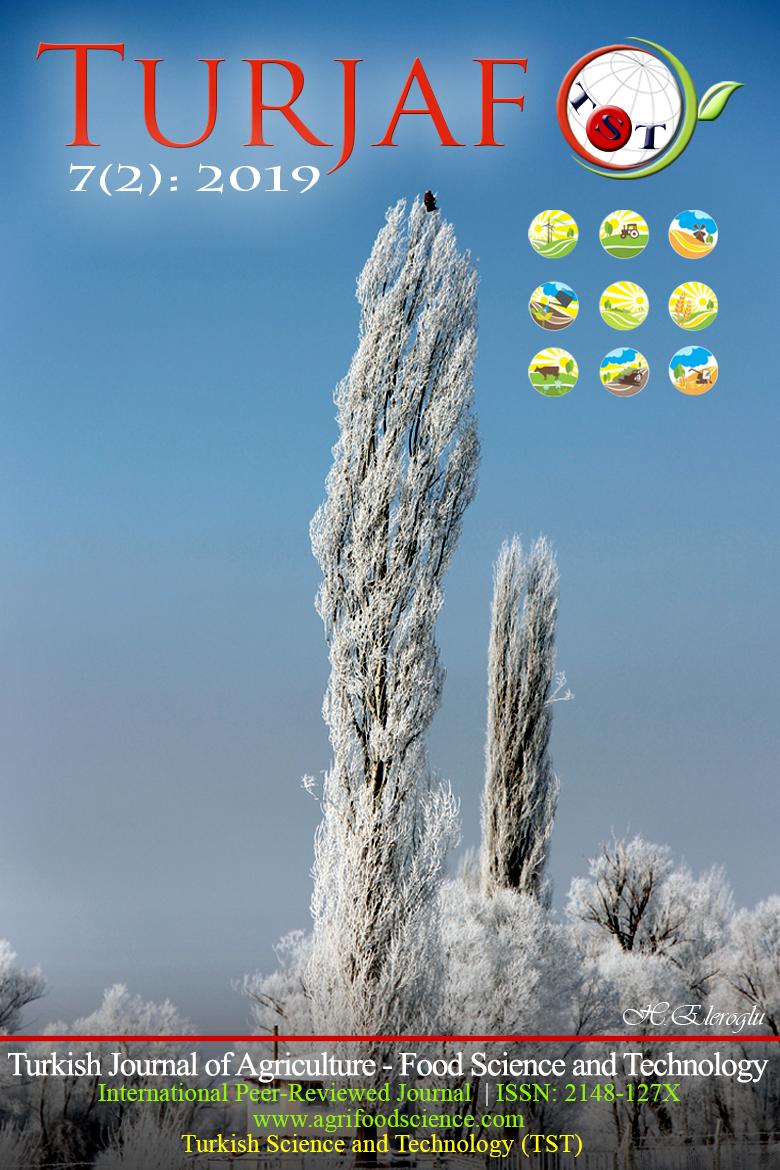Drying of Fig with Microwave and Hot Air Assisted Foam-Mat Drying Method
DOI:
https://doi.org/10.24925/turjaf.v7i2.291-300.2272Keywords:
Fig, Foam drying, Hot air drying, Microwave drying, Drying kinetics, ModellingAbstract
In this study, the drying process of fig foam was carried out with hot air (60, 70, 80°C) and microwave (100, 300, 600 W) and the effect of drying process parameters and foam thickness on drying kinetics was investigated. The drying process was carried out only falling drying rate period and no constant drying rate period was observed. The drying times of the microwave drying were lower than the drying times of hot air drying due to the volumetric heating in addition to the large evaporation area on the foam surfaces. Drying times were shortened by increasing the temperature and microwave power whereas drying time increased with increasing foam thickness. Experimental drying data were placed in semi-empirical models of the 2. Fick's diffusion equation to determine kinetic parameters. Among them, it was found that Wang and Singh and Logarithmic models were better fitted for microwave and hot air drying respectively. The effective diffusion coefficient values for microwave and hot air drying varied between 9.94×10-10-405.69×10-10, 13.26×10-10-26.65×10-10 m2·s-1, respectively. Effective diffusion coefficient values increased with increasing temperature, microwave power and foam thickness. High thickness supported the diffusion process by convection of heat due to the increase in gaps in the structure. Activation energy which calculated with Arrhenius equation was varied from 2.195-2.379 W·g-1 for microwave drying and 12.952-21.426 kJ·mol-1 for hot air drying.Downloads
Published
24.02.2019
How to Cite
Koç, M., Elmas, F., & Varhan, E. (2019). Drying of Fig with Microwave and Hot Air Assisted Foam-Mat Drying Method. Turkish Journal of Agriculture - Food Science and Technology, 7(2), 291–300. https://doi.org/10.24925/turjaf.v7i2.291-300.2272
Issue
Section
Research Paper
License
This work is licensed under a Creative Commons Attribution-NonCommercial 4.0 International License.









